The Kings Of The Forest – Photographer Spent 3 Days In Nepal To Document The Isolated Tribe
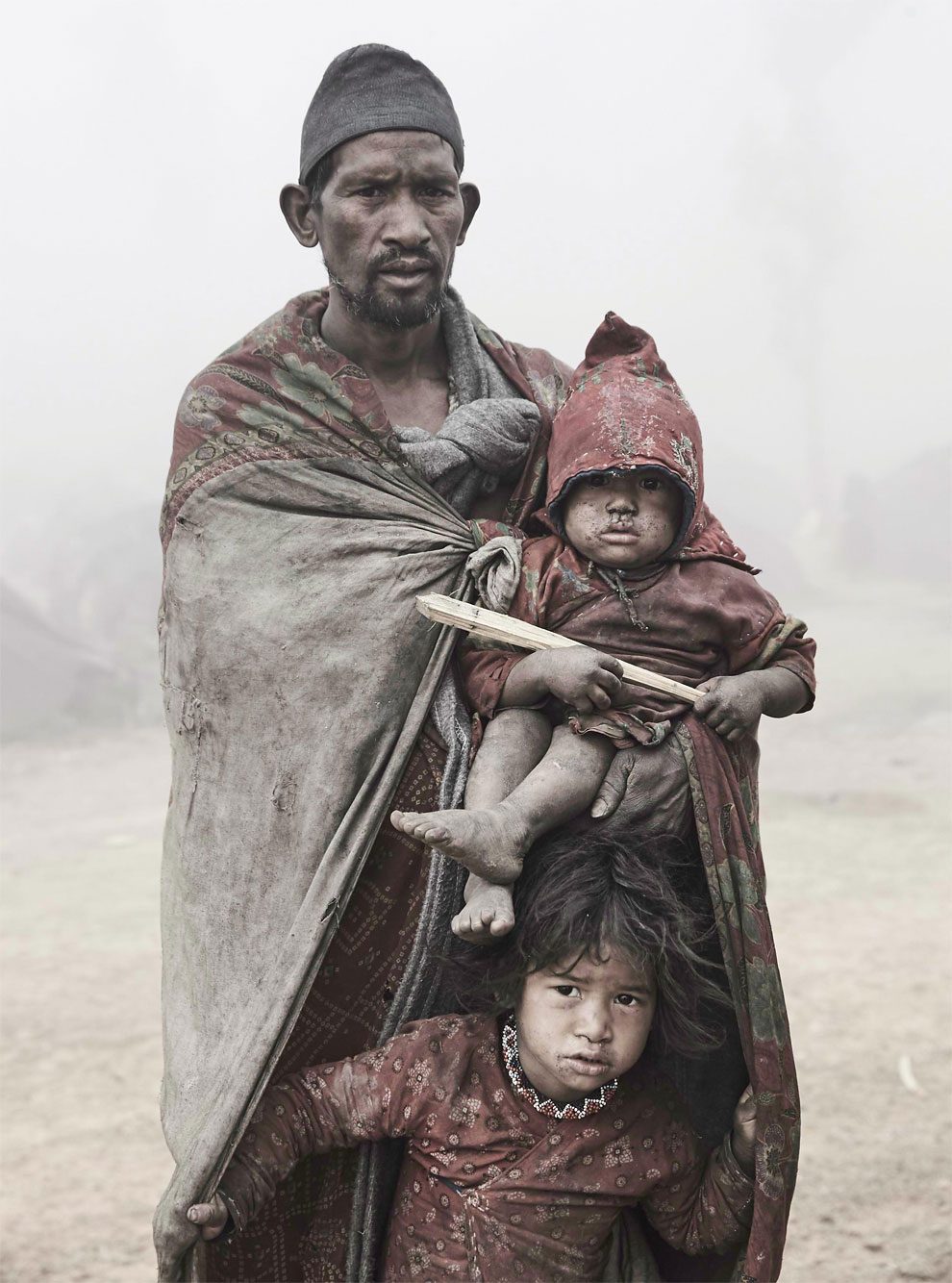
Jan Moller Hansen/Barcroft Images
Hidden deep in the Himalayan forest is one of the world’s last enduring nomadic tribes who are resisting attempts to move them into permanent settlements. The Raute tribe has no permanent home and frequently moves between camps. Living as hunter-gatherers and eating the meat of langur and macaque monkeys – a controversial choice in the Hindu dominated country of Nepal, where monkeys are considered to be the reincarnation of the God Hanuman. With the assistance of a local journalist, Danish photographer Jan Møller Hansen spent three days in January 2016 travelling from Nepal’s capital of Kathmandu into a remote forest in Accham District, Nepal to document the isolated group – who call themselves the Kings of the Forest.
More info: Facebook
When a Raute dies they are buried in the forest in an upright position, their skull is also pierced to release their spirit into heaven:
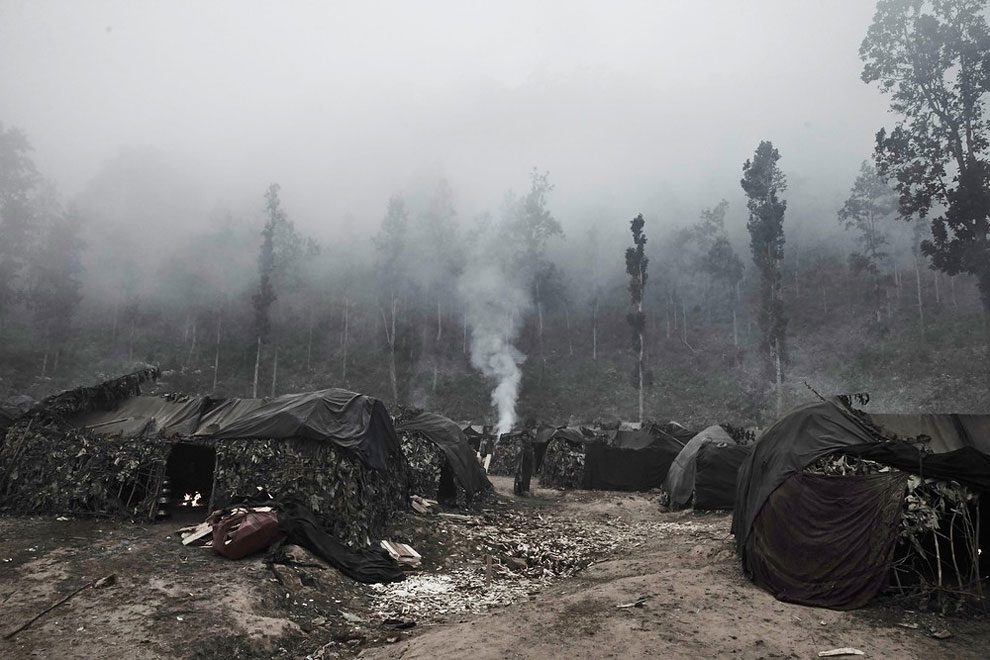
Jan Moller Hansen/Barcroft Images
A young Raute baby peeks out of her shroud:

Jan Moller Hansen/Barcroft Images
To enter the Raute community visitors must give something back to the community:
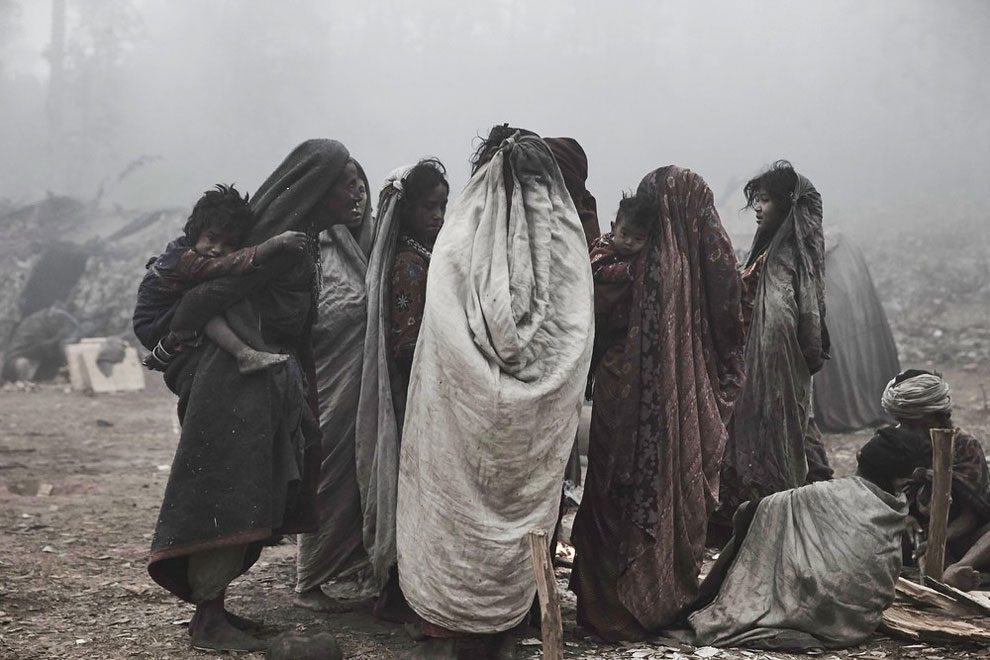
Jan Moller Hansen/Barcroft Images
In the wet monsoon season the Raute people move to high altitudes and in dryer winters they migrate to lower subtropical forests:
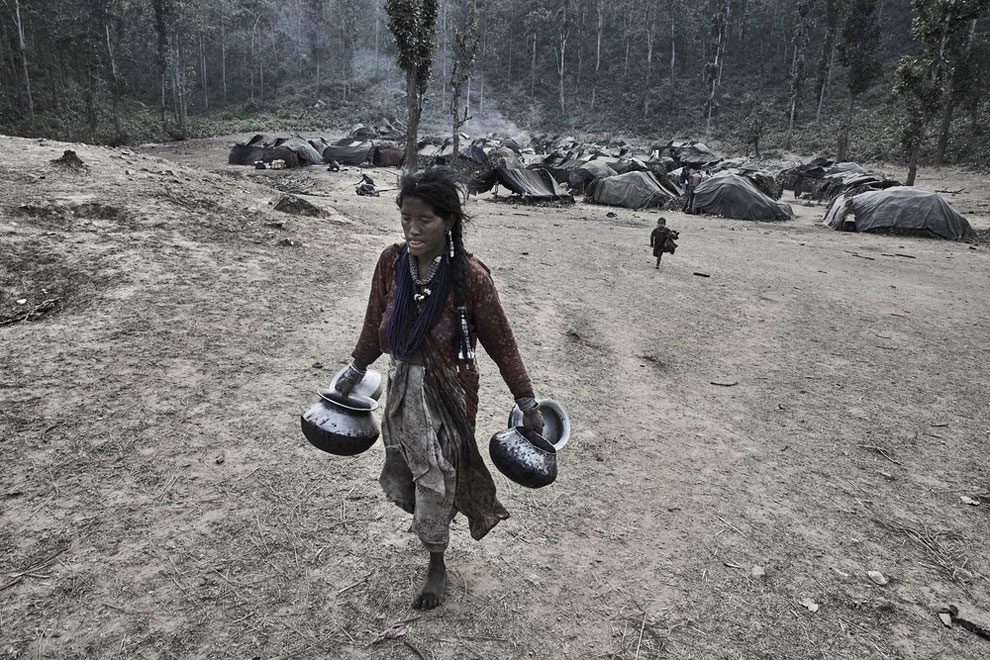
Jan Moller Hansen/Barcroft Images
Children gather around a small fire underneath one of the Raute’s tents:
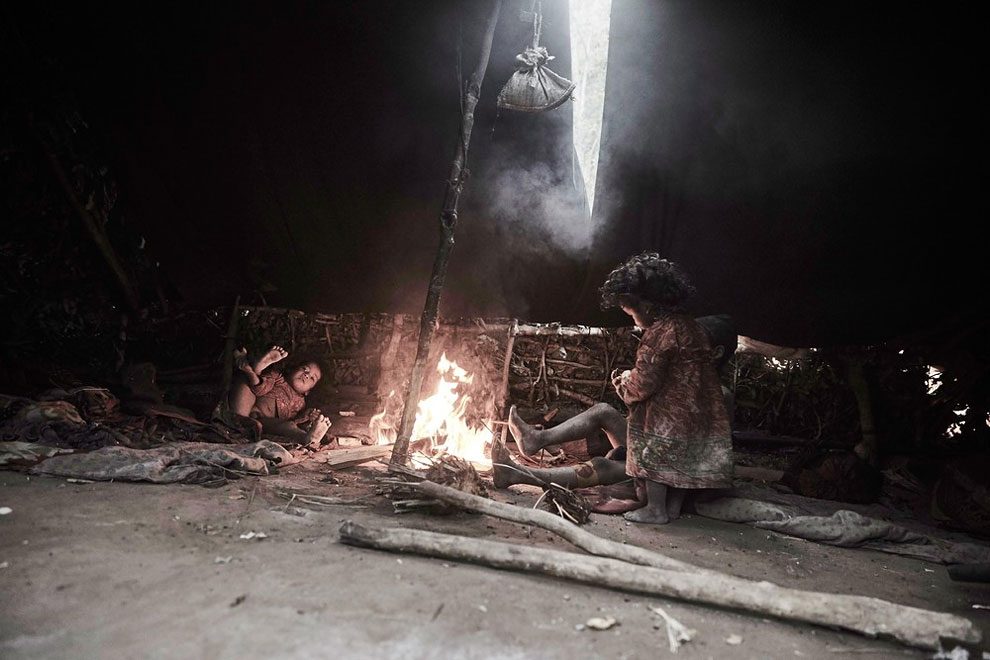
Jan Moller Hansen/Barcroft Images
Many of the Raute people have been resettled by the Government of Nepal but this remaining nomadic tribe continues to resist the change:
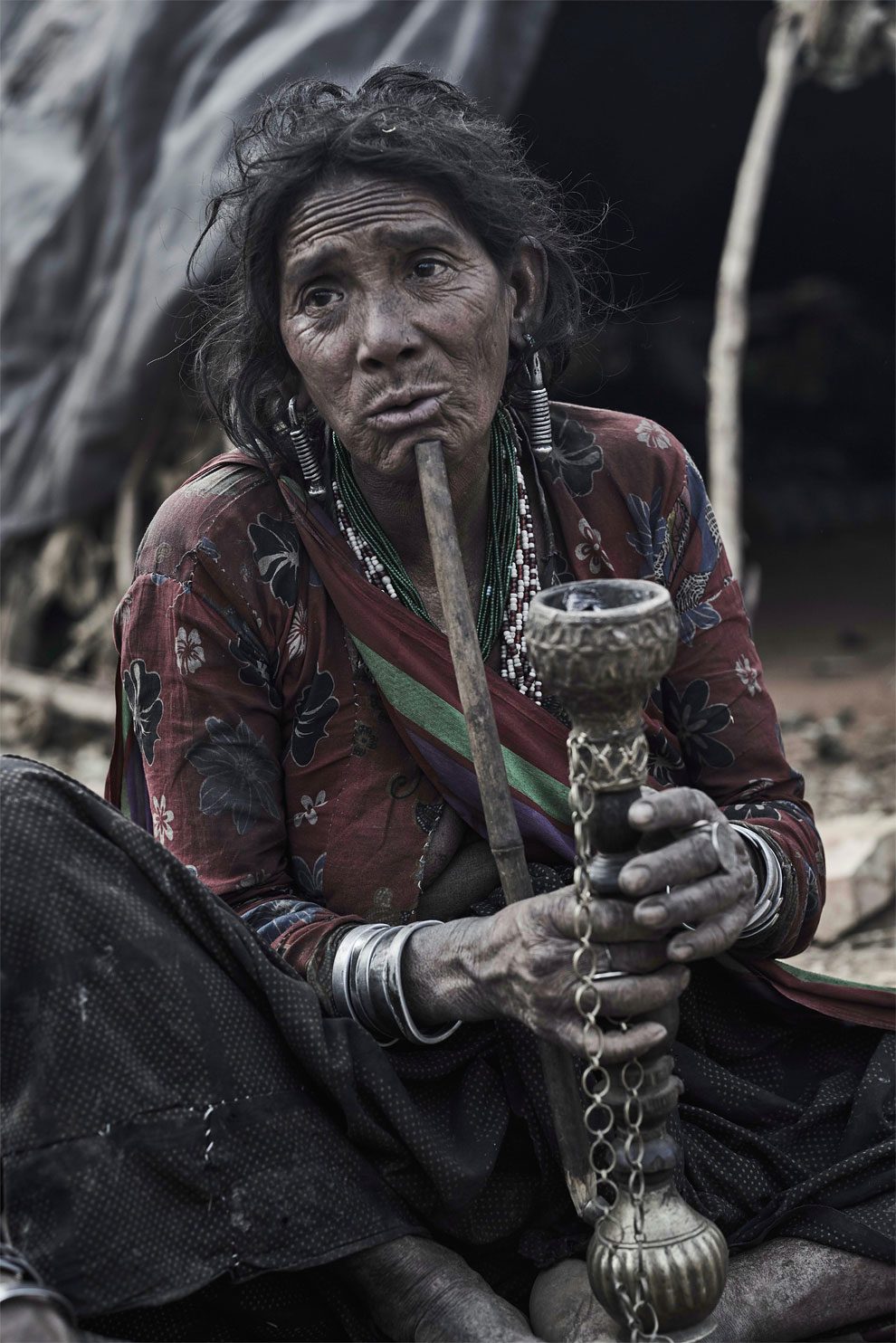
Jan Moller Hansen/Barcroft Images
No outsiders are permitted to stay inside their camps overnight or accompany them on hunting trips:
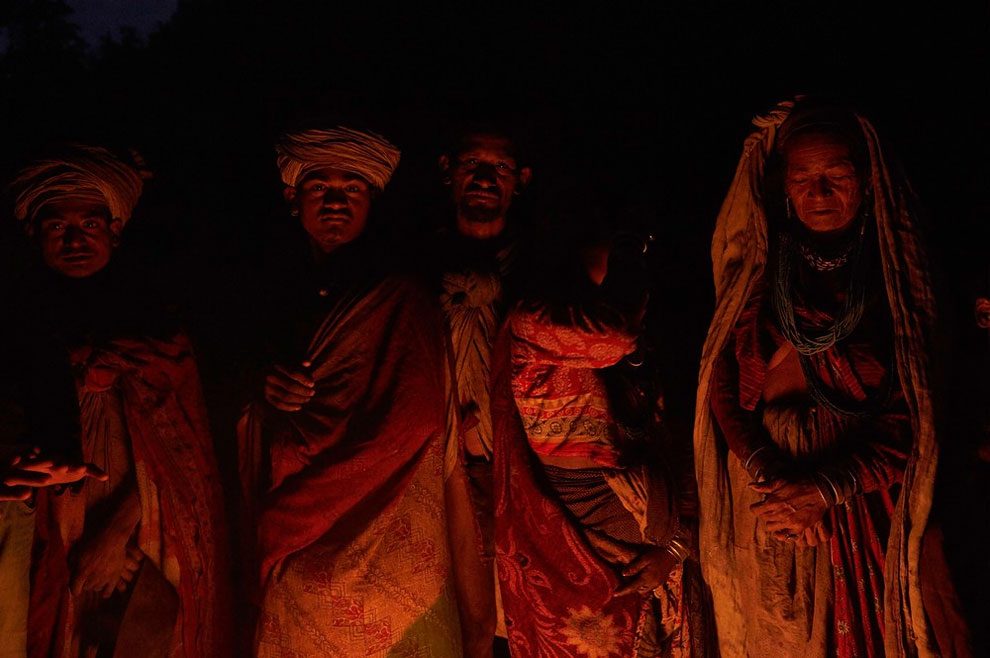
Jan Moller Hansen/Barcroft Images
Only 156 people remained in the tribe when Jan visited in Accham District, Nepal:
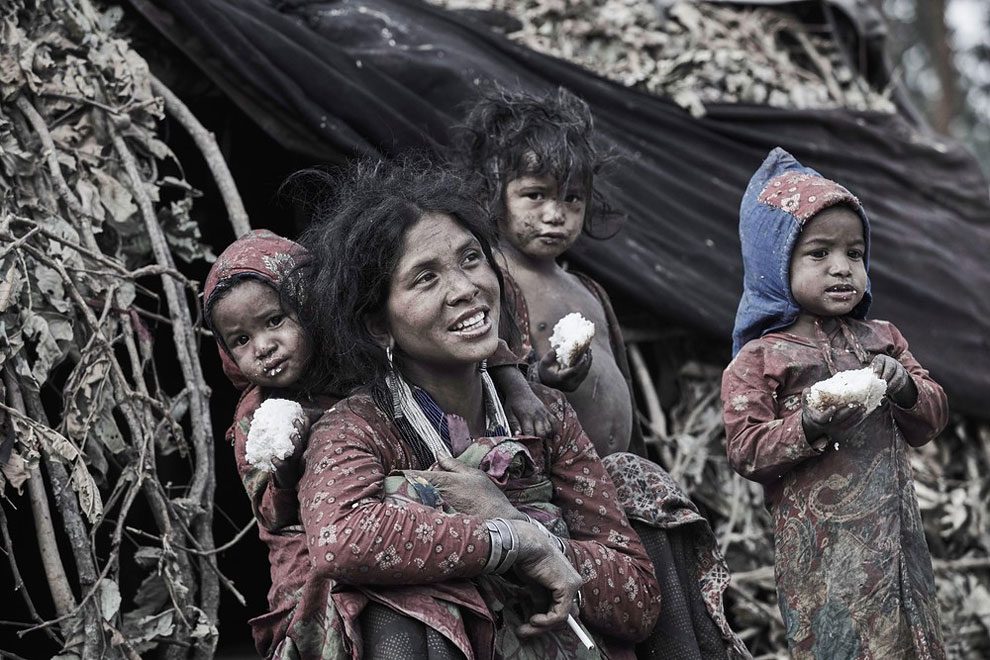
Jan Moller Hansen/Barcroft Images
The Raute people are nomadic and move between camps based on the seasons:
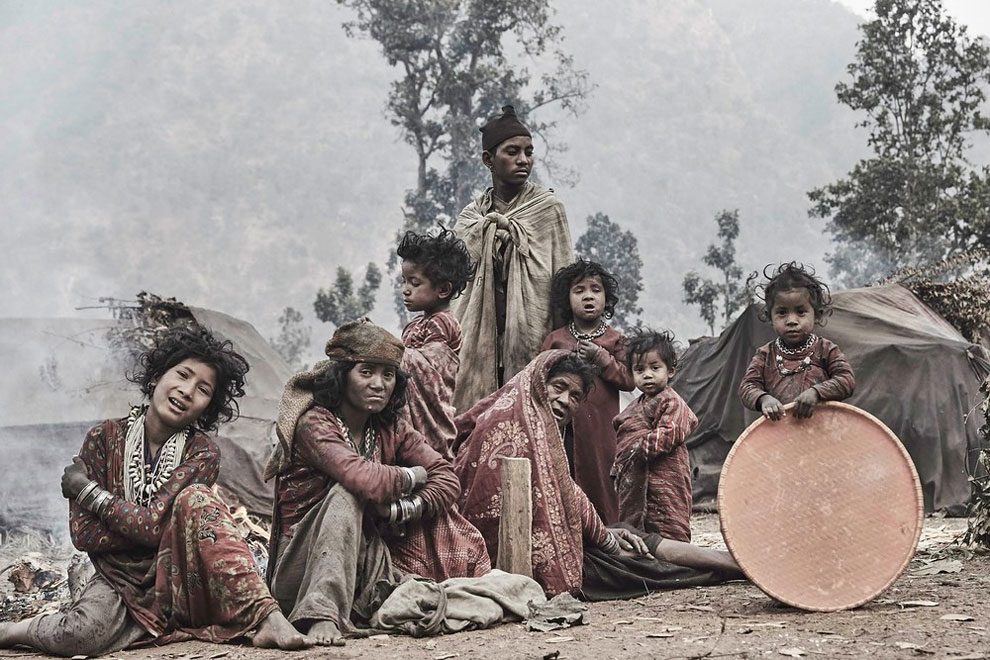
Jan Moller Hansen/Barcroft Images
The Raute rely heavily on monkey meat and on the plant life provided by the forest:

Jan Moller Hansen/Barcroft Images
The Raute people are primarily hunter-gatherers but they also build wooden furniture for trading with other local villages:
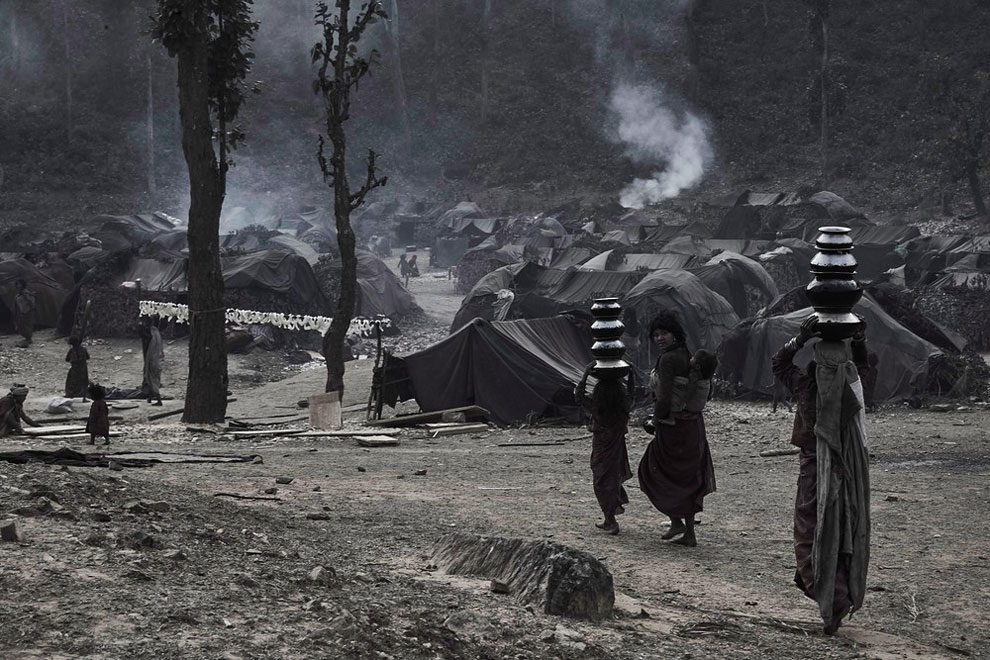
Jan Moller Hansen/Barcroft Images
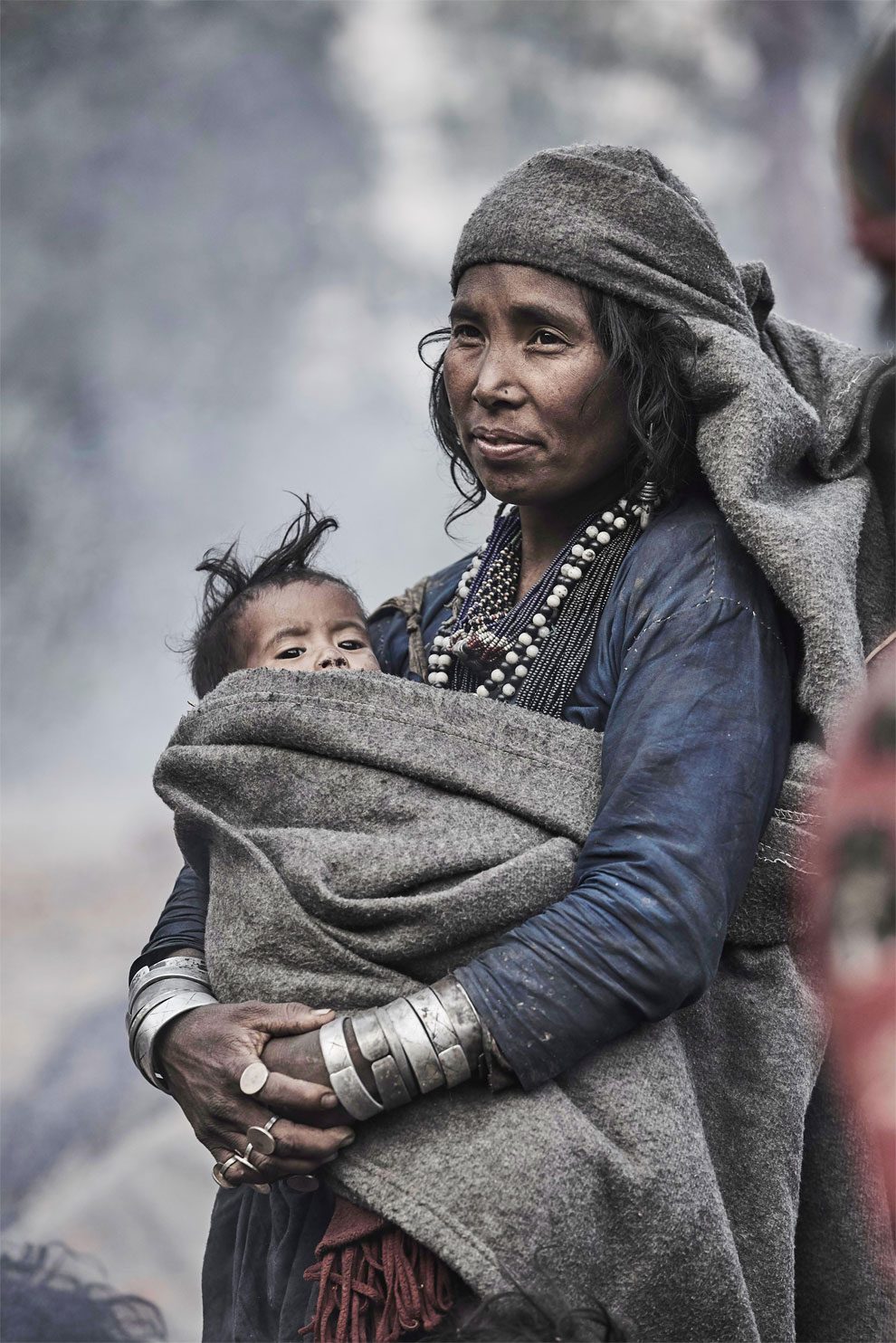
Jan Moller Hansen/Barcroft Images
When a Raute dies they are buried in the forest in an upright position, their skull is also pierced to release their spirit into heaven:

Jan Moller Hansen/Barcroft Images
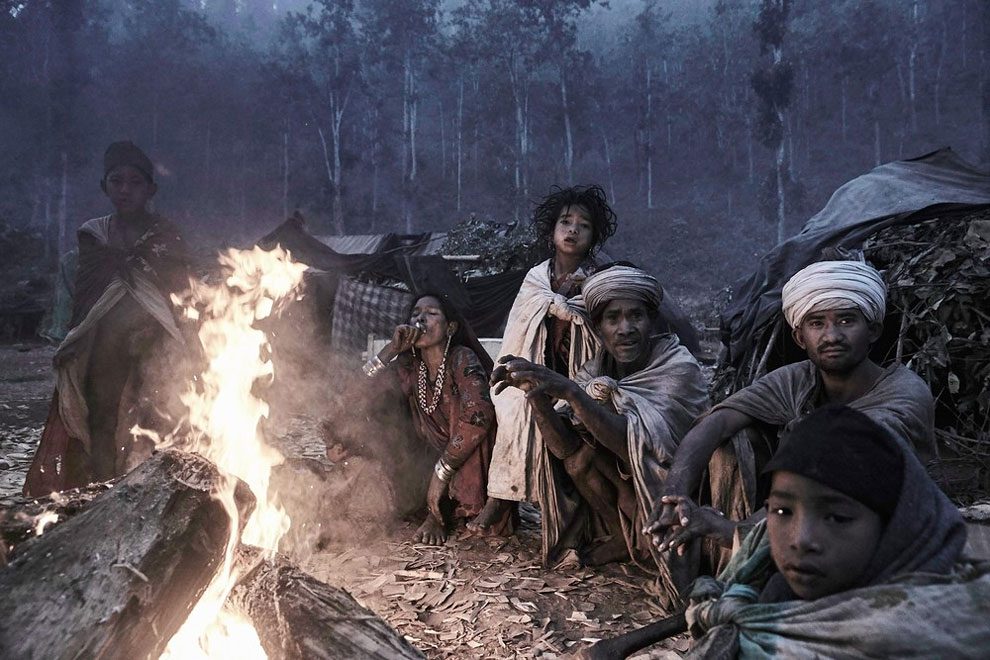
Jan Moller Hansen/Barcroft Images
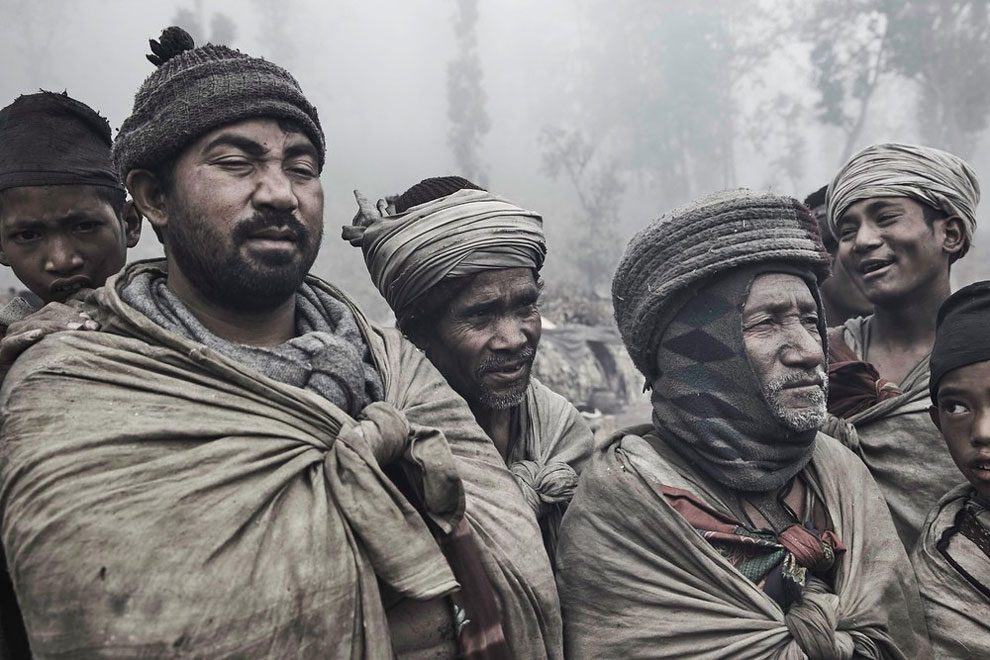
Jan Moller Hansen/Barcroft Images
A young Raute girl poses for a portrait in the midst of the small camp:

Jan Moller Hansen/Barcroft Images
In the wet monsoon season the Raute people move to high altitudes and in dryer winters they migrate to lower subtropical forests:
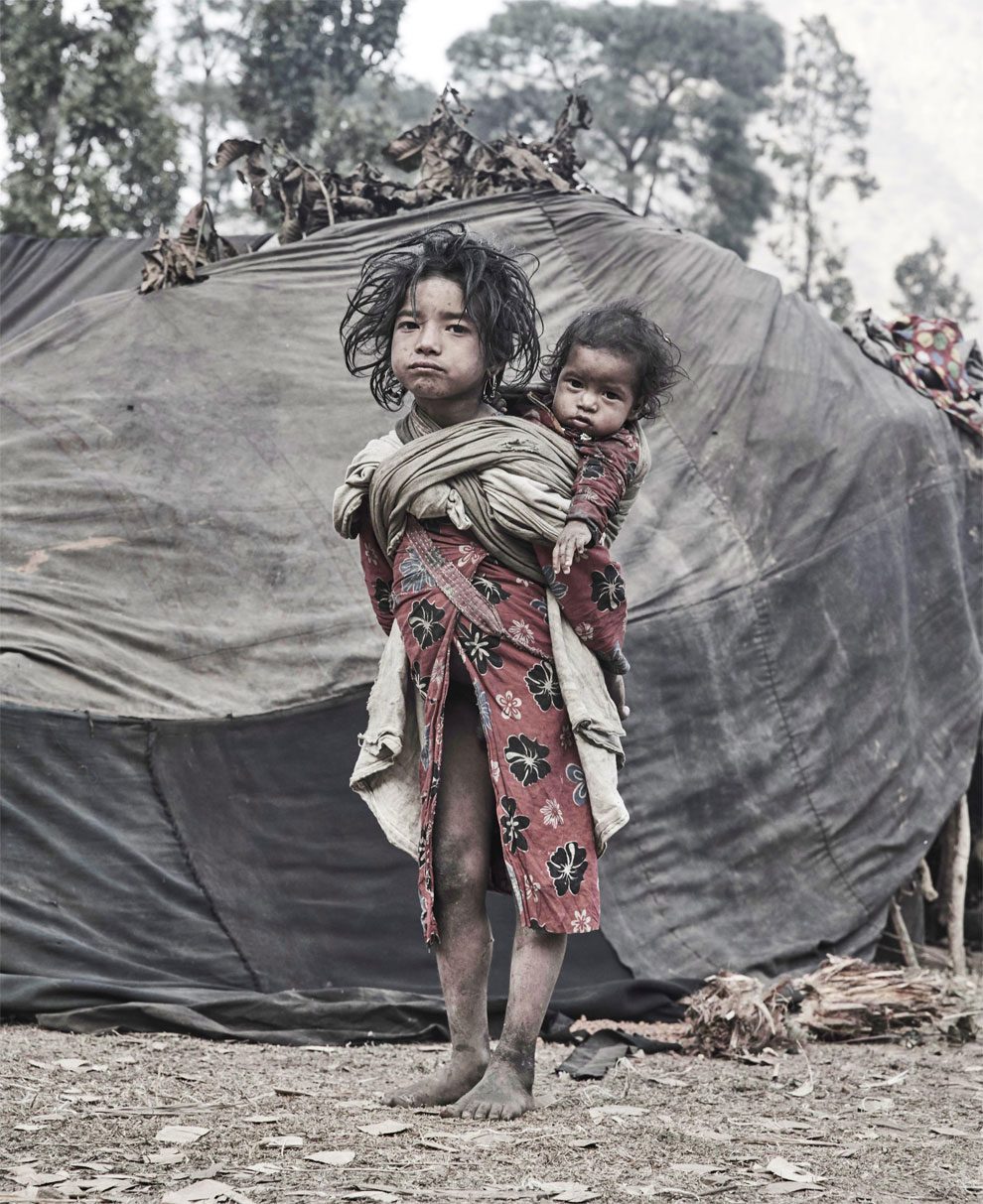
Jan Moller Hansen/Barcroft Images
If someone dies in the community they immediately pack up and move to a new site to avoid evil spirits:
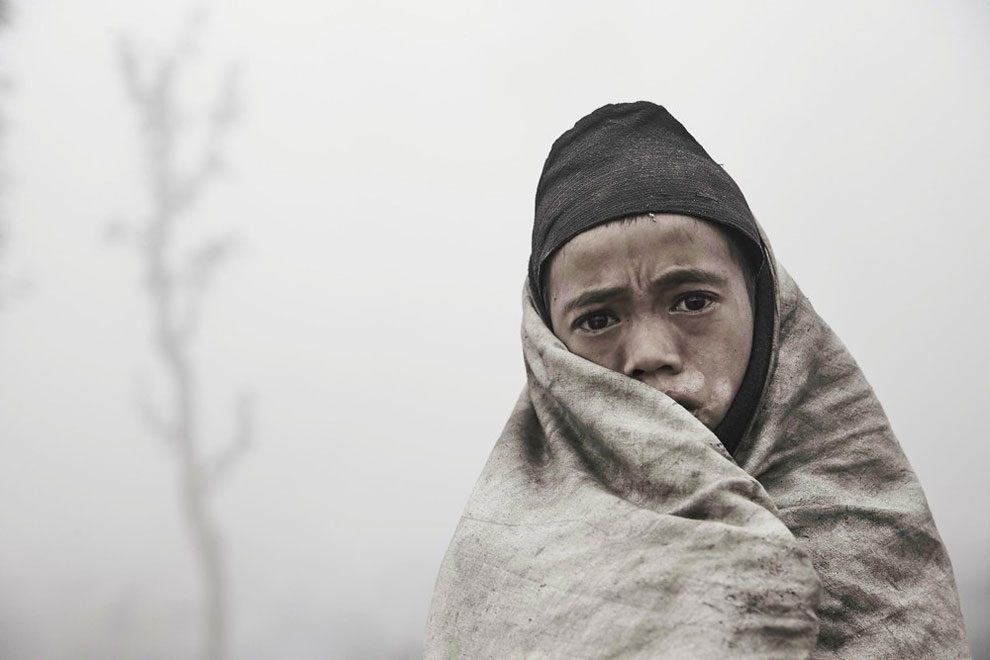
Jan Moller Hansen/Barcroft Images
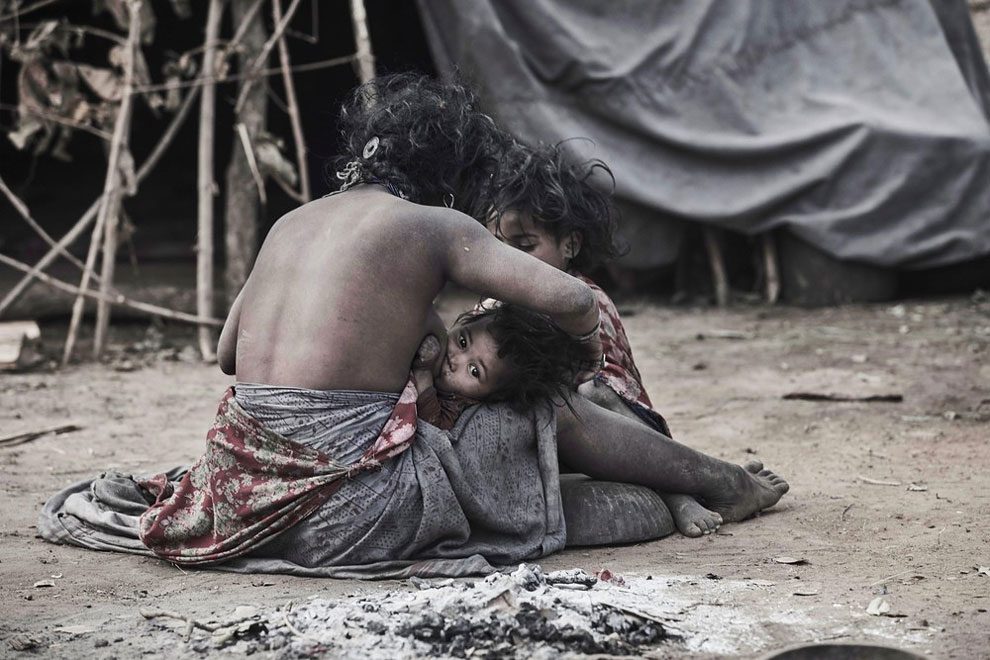
Jan Moller Hansen/Barcroft Images